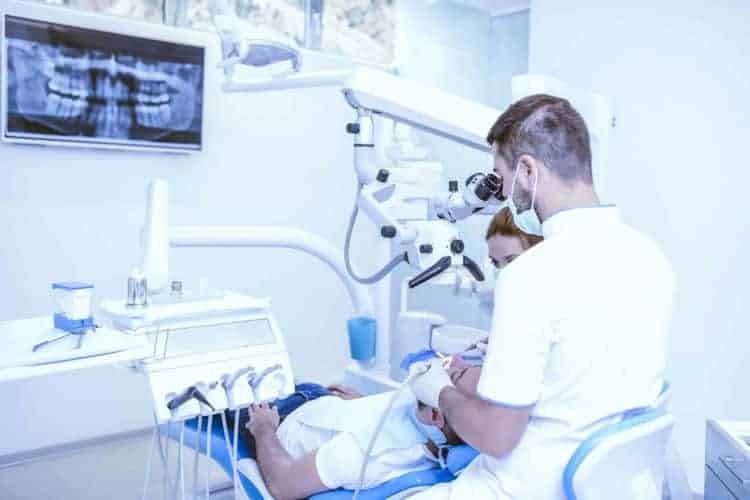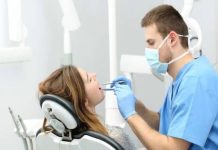Maintaining cleanliness in clinical dental settings is crucial for ensuring patient safety, preventing infections, and providing high-quality care. Dental procedures often involve exposure to saliva, blood, and other bodily fluids, making strict hygiene protocols indispensable. This article explores the importance of cleanliness in dental clinics, highlighting the risks associated with poor hygiene and the best practices for maintaining a sterile environment.

Patient Safety and Infection Control
Patient safety is the main concern in any healthcare setting. In dental clinics, the risk of cross-contamination and infection is significant due to the close proximity to the oral cavity and the invasive nature of many procedures. Pathogens like bacteria, viruses, and fungi can easily be transmitted without stringent cleanliness standards. This can lead to severe infections, some of which may be life-threatening. Ensuring that all surfaces, instruments, and equipment are thoroughly disinfected or sterilized minimizes these risks.
Compliance with Regulatory Standards
Dental practices are subject to strict regulatory standards set by organizations such as the Centers for Disease Control and Prevention (CDC), the Occupational Safety and Health Administration (OSHA), and the American Dental Association (ADA). These standards mandate implementing infection control protocols, including sterilizing instruments, using personal protective equipment (PPE), and frequently cleaning surfaces. Adhering to these guidelines not only ensures patient safety but also protects dental practitioners from potential legal and financial repercussions associated with non-compliance.
Enhancing Patient Trust and Comfort
Patients are more likely to trust and be comfortable in a dental clinic that visibly prioritizes cleanliness. A clean and well-maintained environment reassures patients that the clinic takes their health seriously and follows best practices. This can significantly enhance patient satisfaction and loyalty, as people are more likely to return to and recommend a clinic where they feel safe and cared for.
Best Practices for Maintaining Cleanliness
Several best practices can help dental clinics maintain a high level of cleanliness:
- Instrument Sterilization: All dental instruments that come into contact with patients should be sterilized using autoclaves or other approved methods. This process kills all microorganisms, ensuring that instruments are safe for use. If you run a dental clinic, you will need to buy ultrasonic cleaner for dental equipment to keep instruments hygienic.
- Surface Disinfection: Clinical surfaces should be regularly cleaned and disinfected using EPA-approved disinfectants. This includes dental chairs, countertops, and any other surfaces that may come into contact with bodily fluids.
- Use of PPE: Dental practitioners should wear appropriate PPE, such as gloves, masks, and gowns, to protect themselves and their patients from possible infections.
- Hand Hygiene: Frequent hand washing and using hand sanitizers is essential to prevent the spread of pathogens. Hands should be washed before and after treating each patient and after any contact with potentially contaminated surfaces.
- Waste Management: Corrrect disposal of medical waste, including used gloves, masks, and other contaminated materials, is critical to maintaining a clean environment and preventing the spread of infections.
Conclusion
The importance of cleanliness in clinical dental settings cannot be overstated. By adhering to stringent hygiene protocols and best practices, dental clinics can ensure patient safety, comply with regulatory standards, enhance patient trust, and reduce the incidence of healthcare-associated infections. Maintaining a clean and sterile environment is fundamental to delivering high-quality dental care and fostering a positive patient experience.


